Toxic algae: Ostreopsis ovata
We are in Sardinia, Capu Mannu, at the beginning of the Sinis peninsula Oristano province. We believe we have filmed the Ostreopsis ovata, a toxic algae from the warm waters of tropical seas, now also present in the Mediterranean Sea due to global warming and its tropicalization. There have been numerous reports since 1998 where it was found in Tuscany, and since then constantly monitored. Alghe Tossiche Ostreopsis ovata Toxic algae intotheblue.it

http://www.arpat.toscana.it/temi-ambientali/acqua/balneazione/ostreopsis-ovata
Its toxicity makes it dangerous for humans, not because of contact with the skin or ingestion, but because of the aerosol that develops during its flowering. In the video and in the images you can see some bubbles produced by the alga that can be freed from the wave motion or from storm surges together with the alga and microparticles that could cause infections or irritations and respiratory problems. Alghe Tossiche Ostreopsis ovata Toxic algae intotheblue.it
Together with some images we report some articles that document its diffusion and danger.
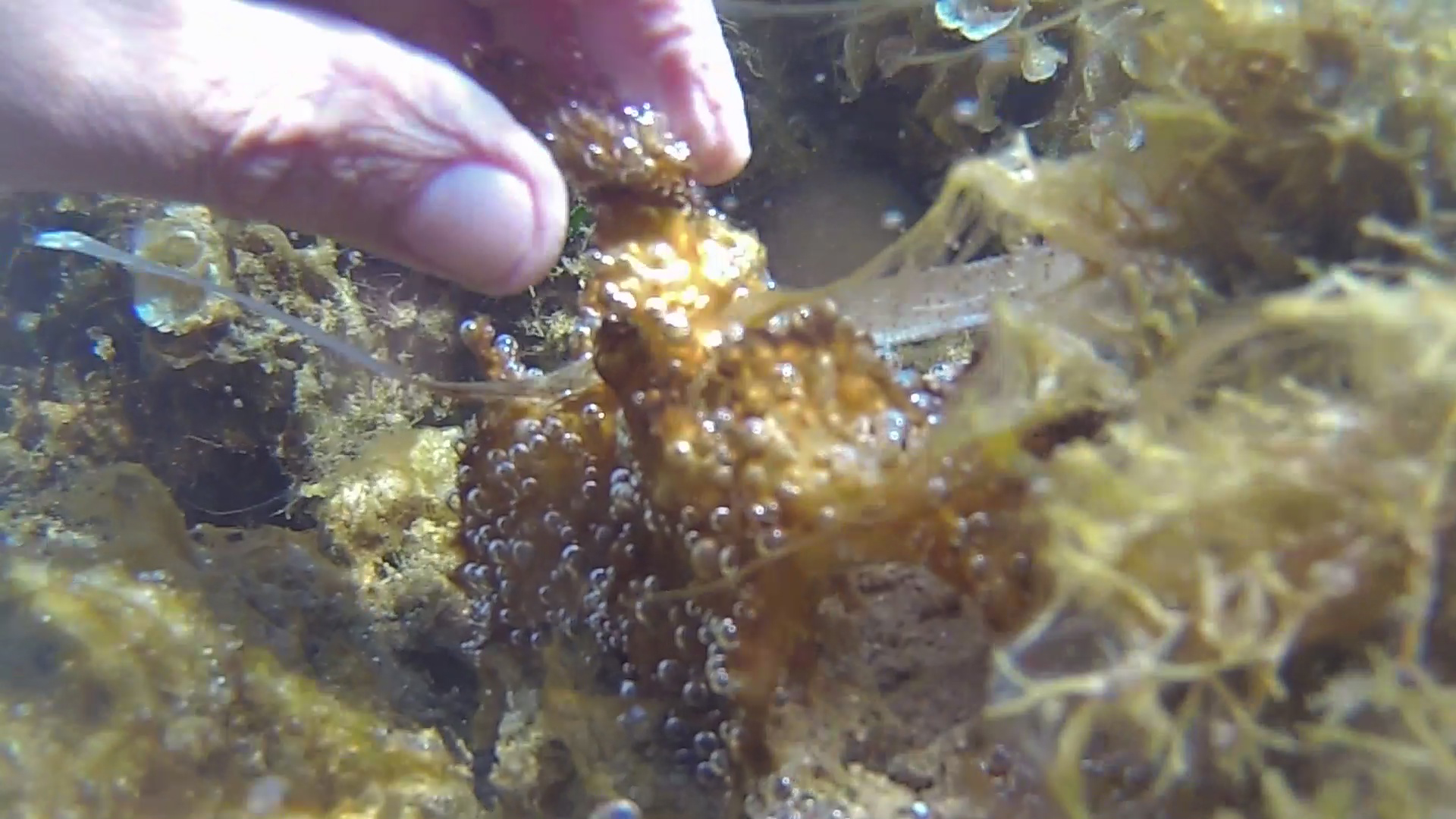
Ostreopsis ovata is a marine microalga that belongs to the Ostreopsidaceae family. It is a typical species of warm and tropical climates, but in recent years it is also present on the Italian coasts. The bloom of the seaweed, in “bloom” jargon, has been reported in the waters of the coast of Genoa but also already observed on numerous occasions in Tuscany, summer 1998 and Puglia in the summer 2003-2004.
Factors that favor its proliferation The factors that favor rapid reproduction / proliferation, called algal flowering, are common to all vegetables: the presence in nitrogen and phosphorus waters that are brought to the sea from the rivers, moreover in the sections where there is stagnation of water, or for lack of currents, or for the construction of brushes to defend the coast, the temperature increase already from 22-23 ° C.
When the flowering of the alga is verified, the surface waters can present anomalous colors and sometimes whitish and brown foamy patches or opalescence or material of gelatinous consistency in suspension.
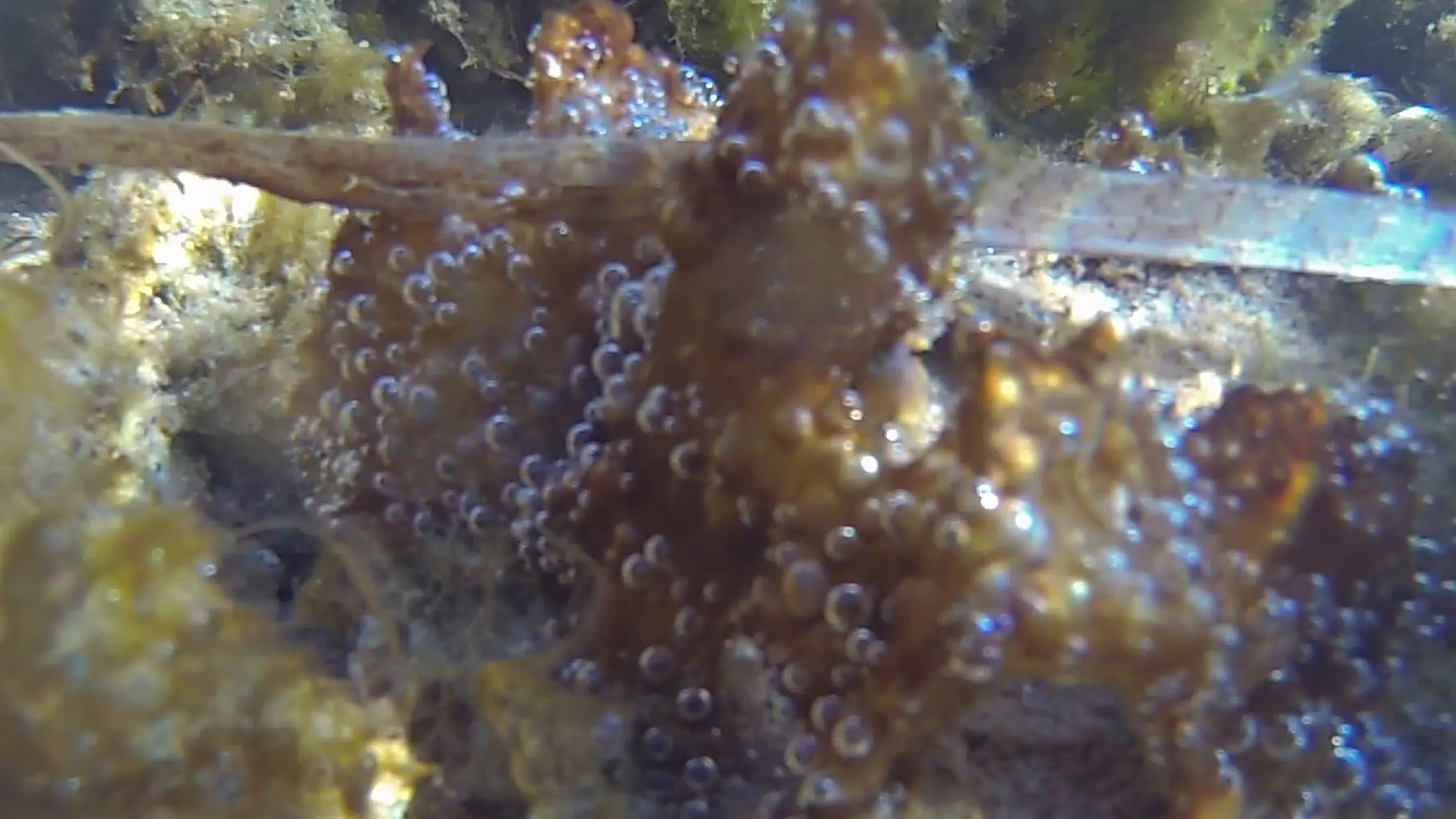
However, the alga is not visible (size: 27–35 µm, 47-55 µm), it is microscopic, but on the bottom, since it is benthic, it is placed on the sandy or rocky substrate and causes the death of all organisms that live there, because in growth it exhausts the available oxygen, leaving a desolate situation, as if all visible macro-algae were “glazed” by a brown film starting from about 1.5 m deep.
Toxicity The flowering of the alga can cause intoxication whose symptoms point towards an aspecific irritative mechanism on the respiratory and conjunctival mucous membranes, with consequent conjunctival irritation, rhinorrhea (cold), respiratory difficulties (cough, wheezing, bronchospasm with moderate dyspnea) and fever .
The mode of exposure due to the manifestation of symptoms is not ingestion, but the inhalation of marine aerosol, that is, of suspended aqueous microparticles containing the alga. This justifies the symptoms even in subjects who do not practice aquatic activities and makes the prohibition of bathing inappropriate to limit exposure.
https://it.wikipedia.org/wiki/Ostreopsis_ovata

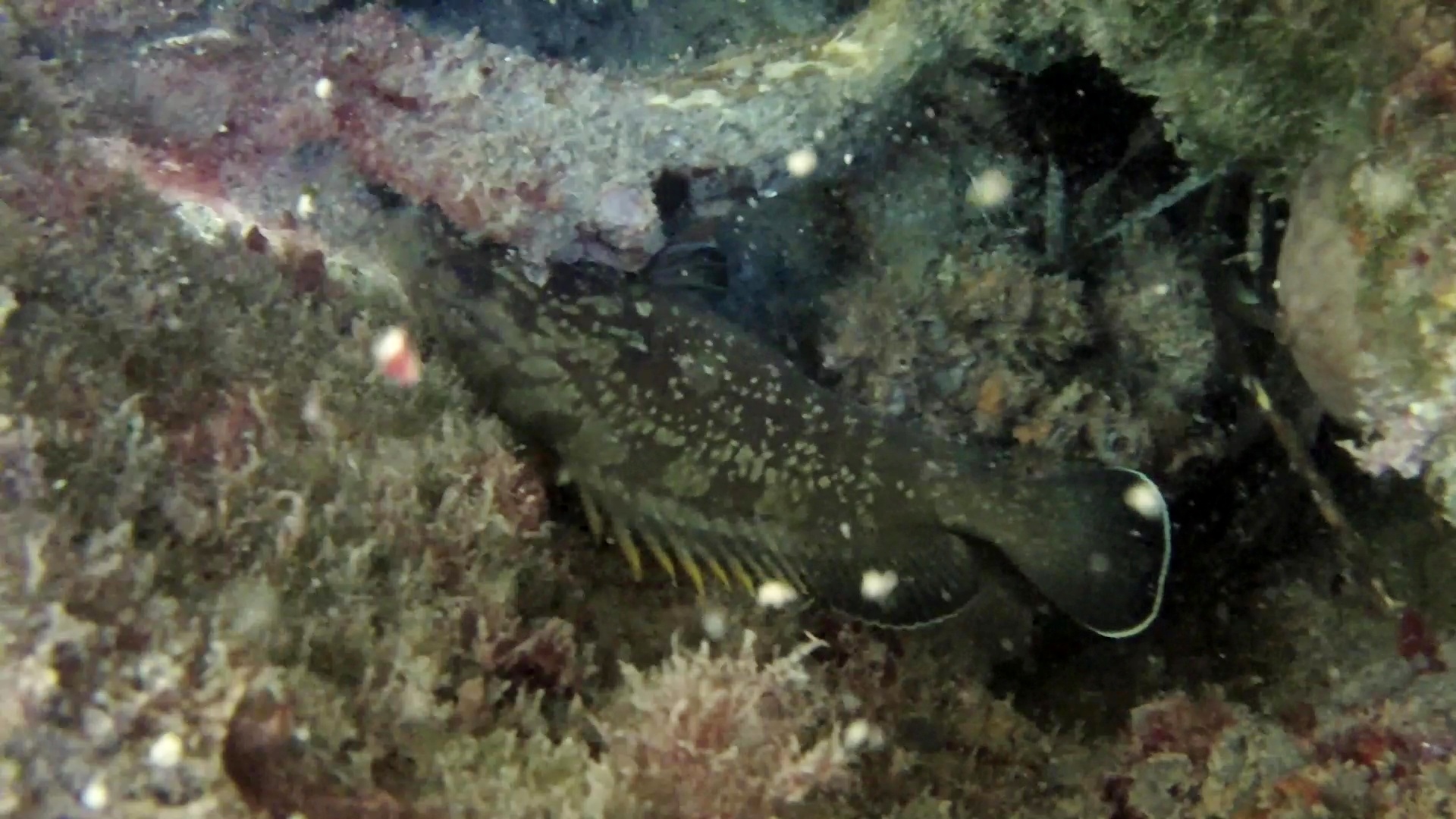
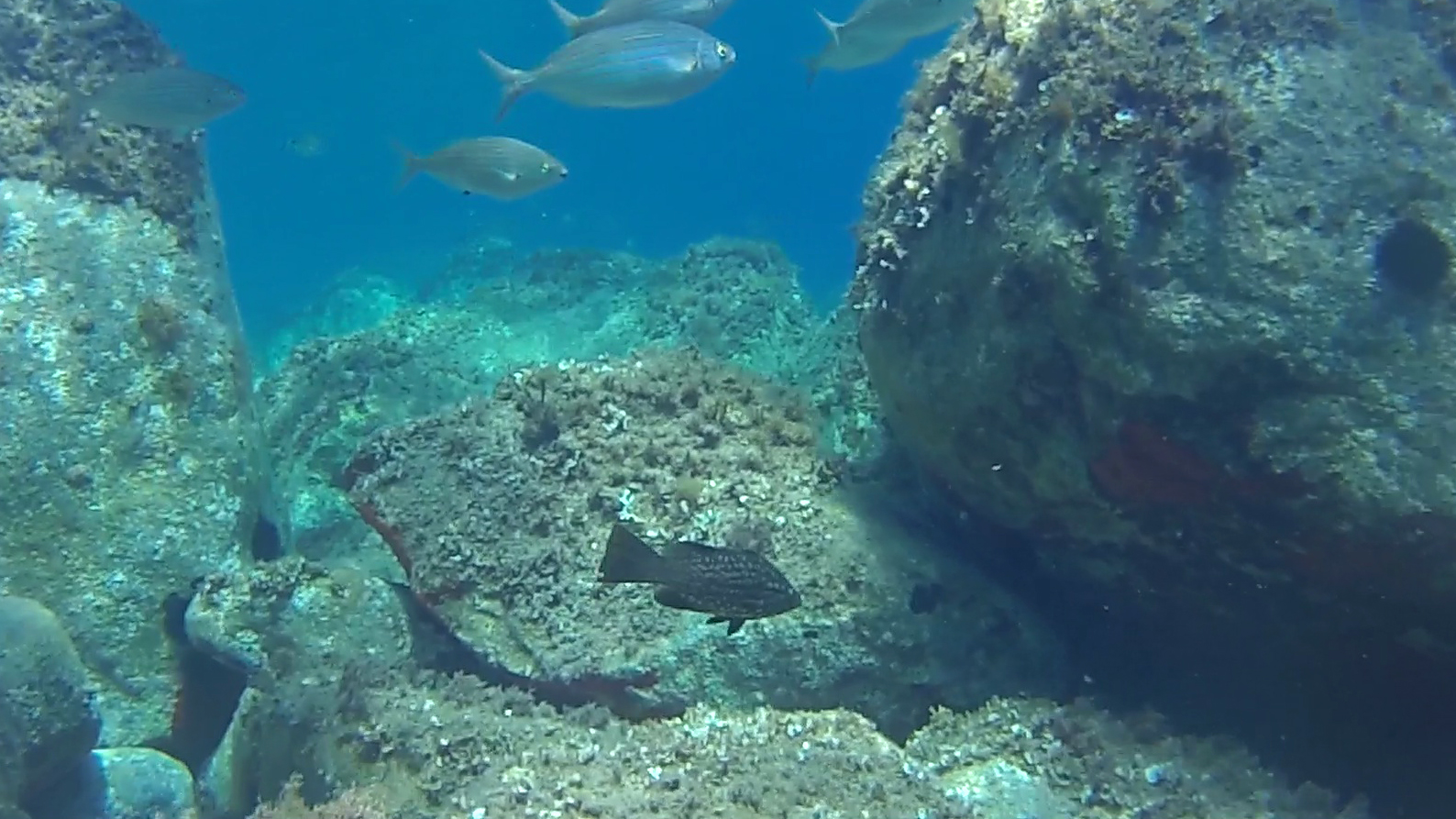
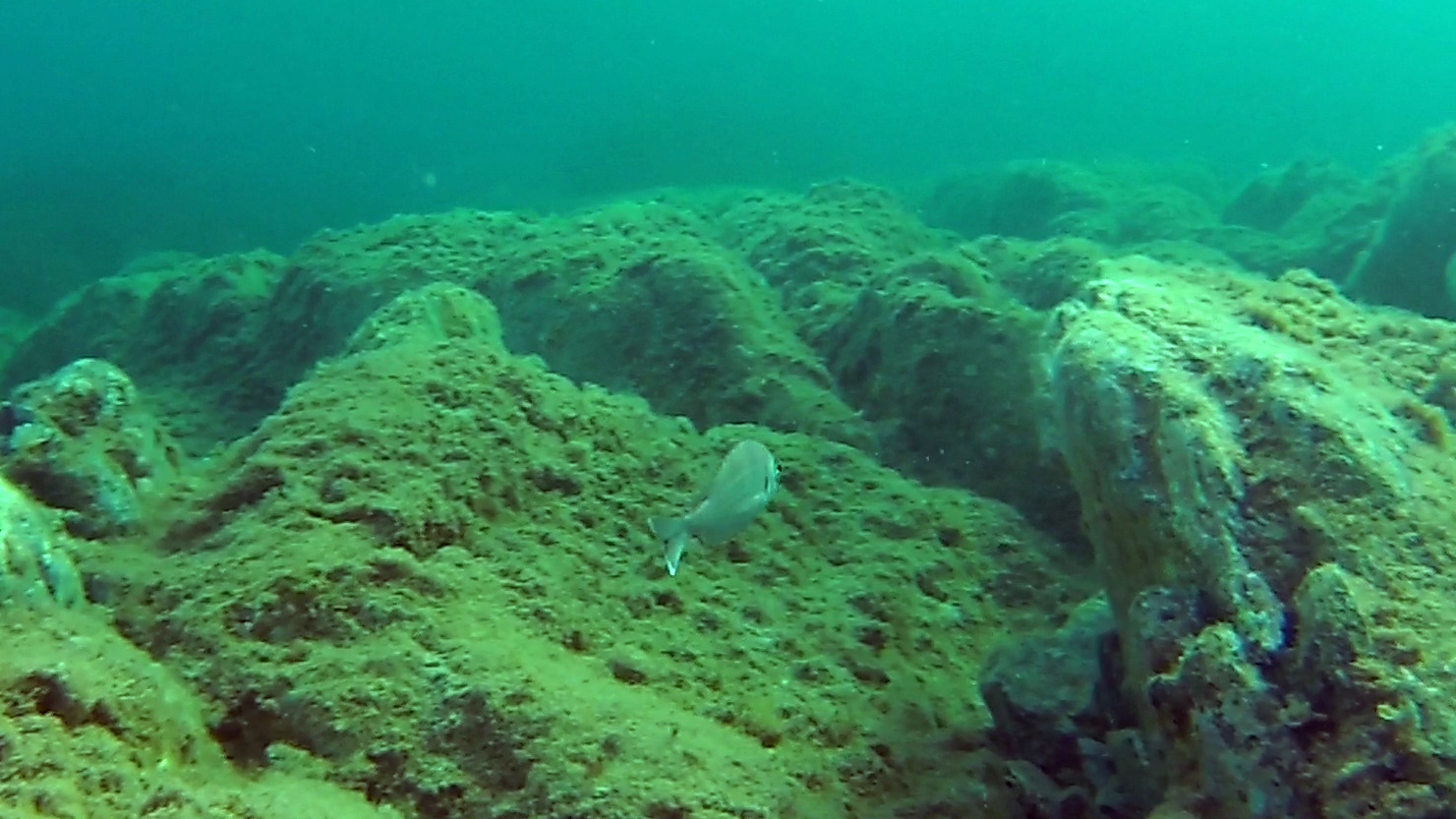
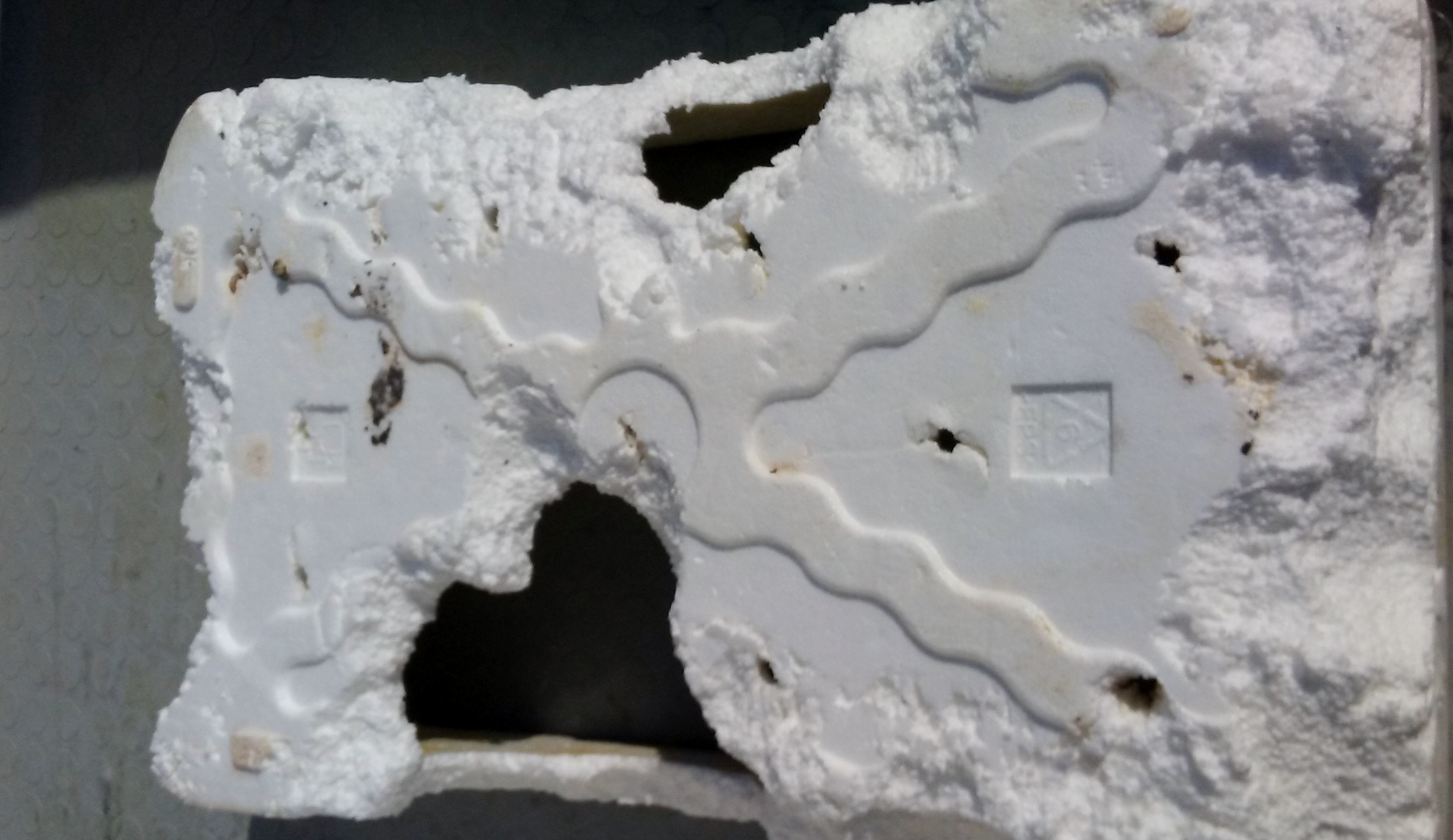
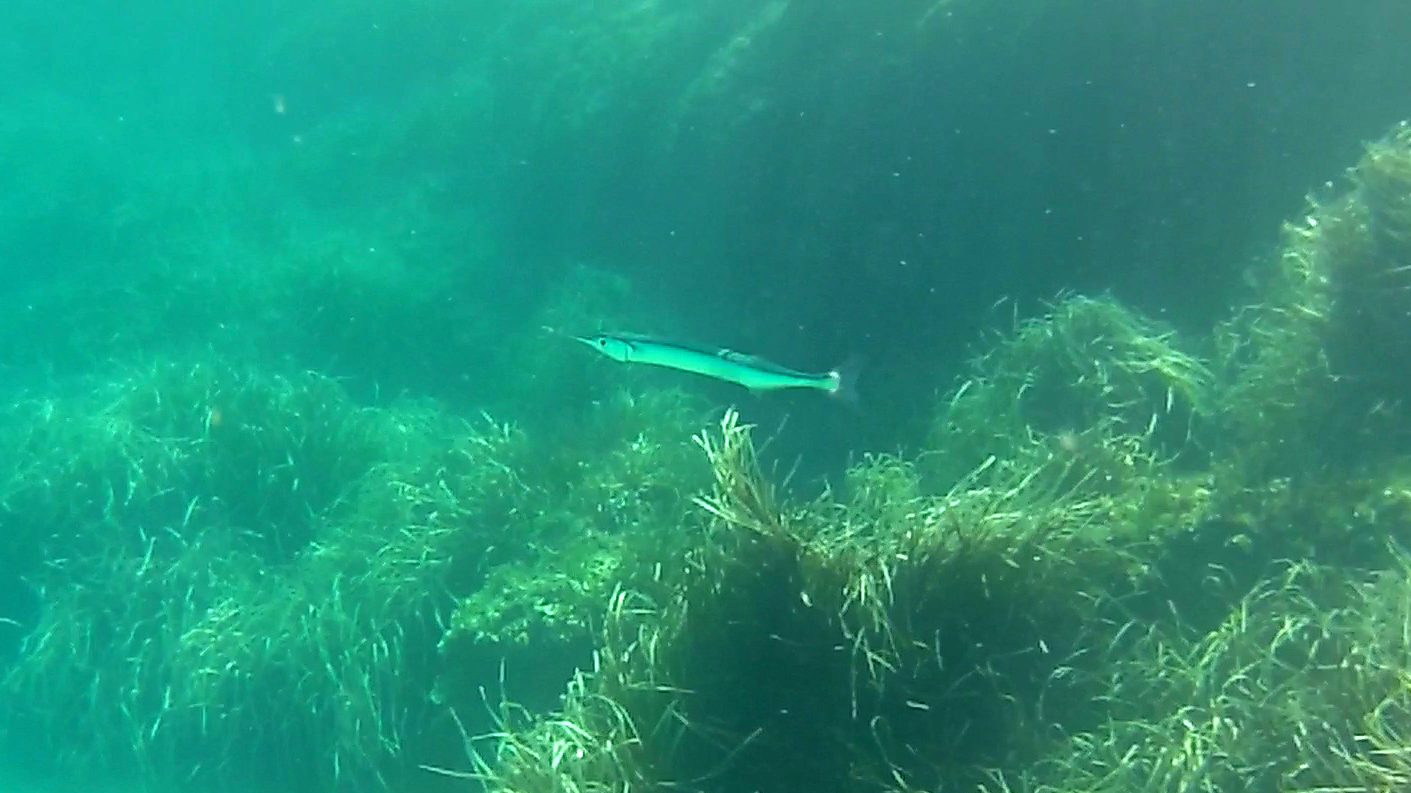
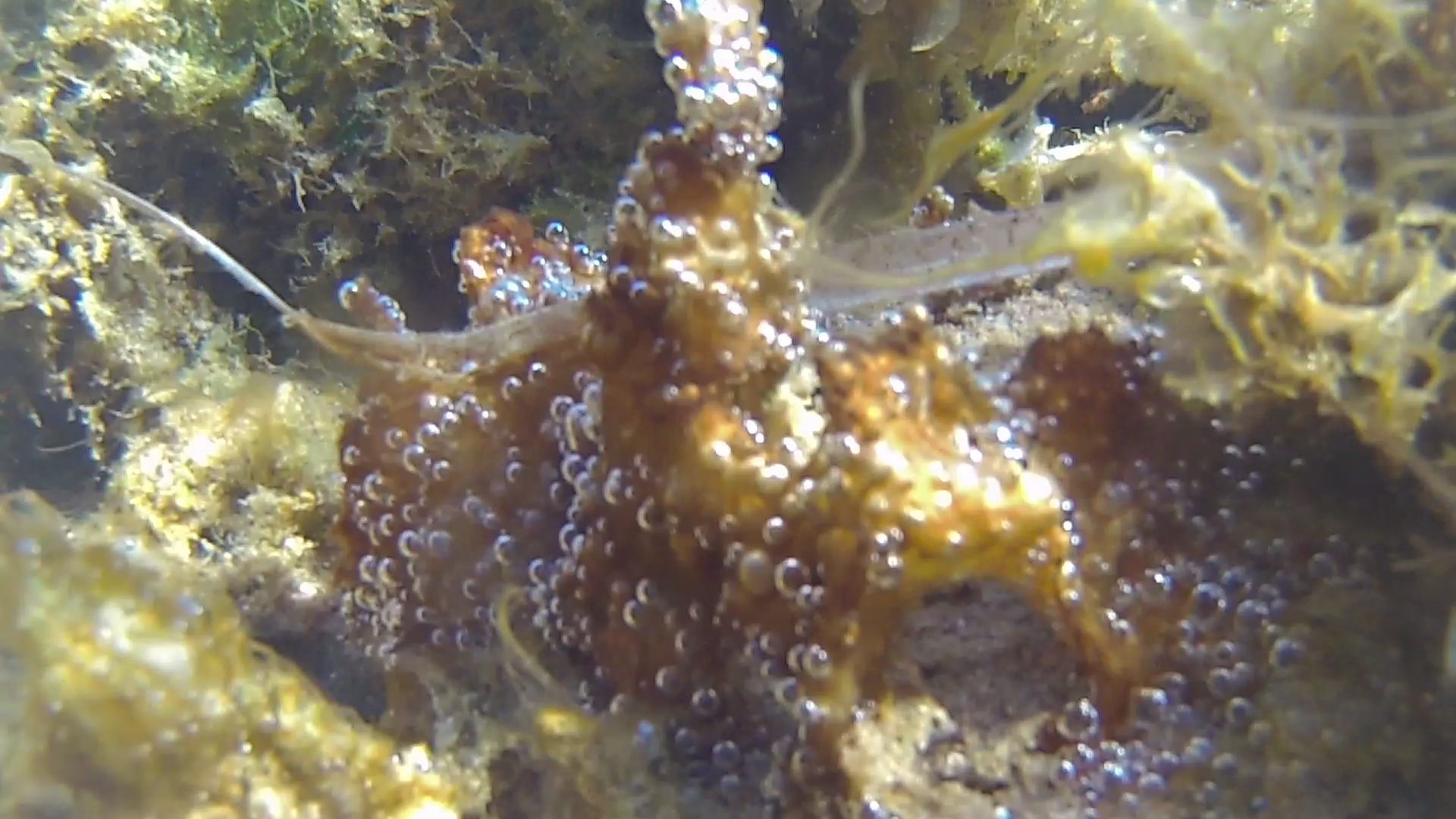
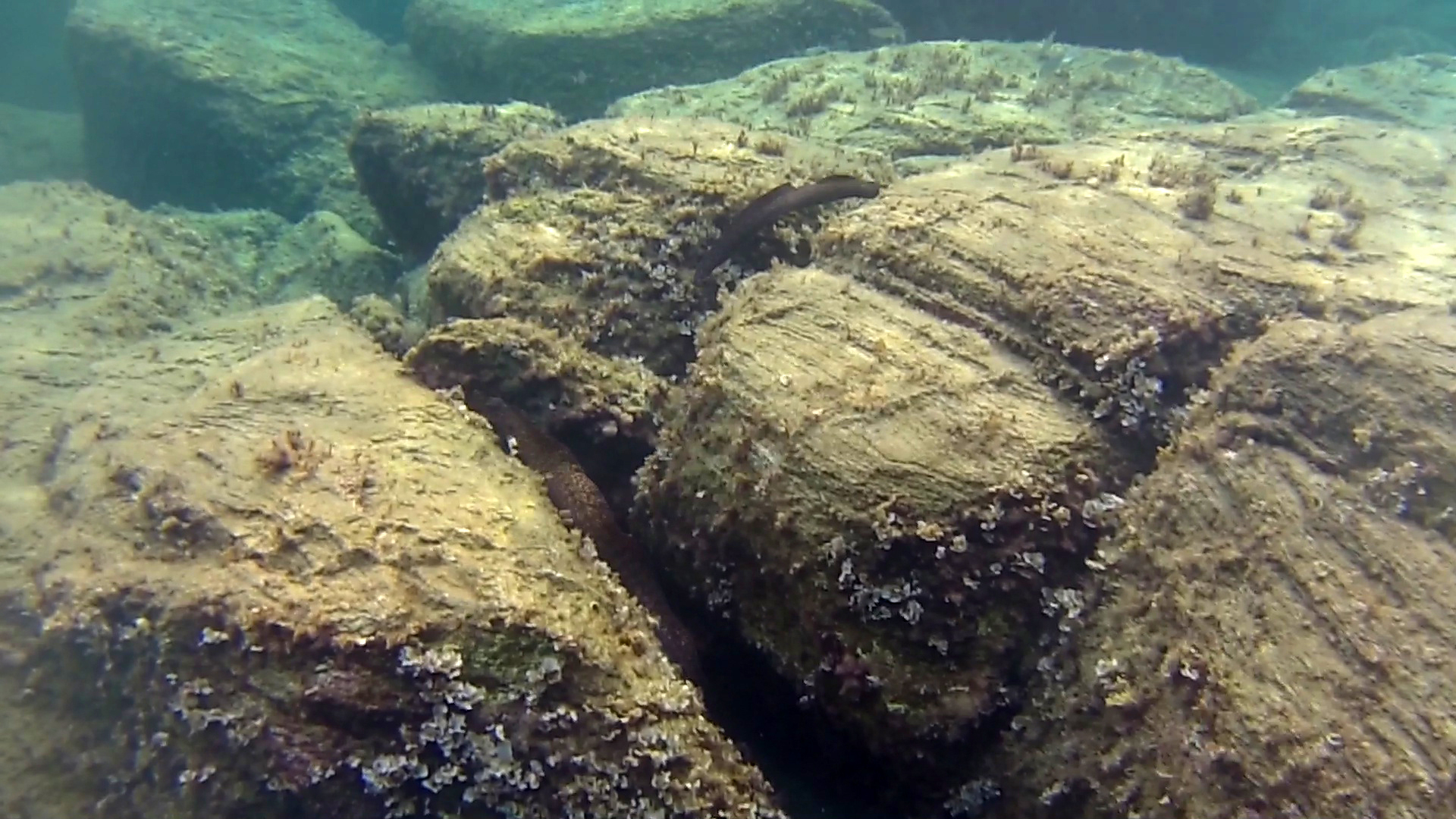
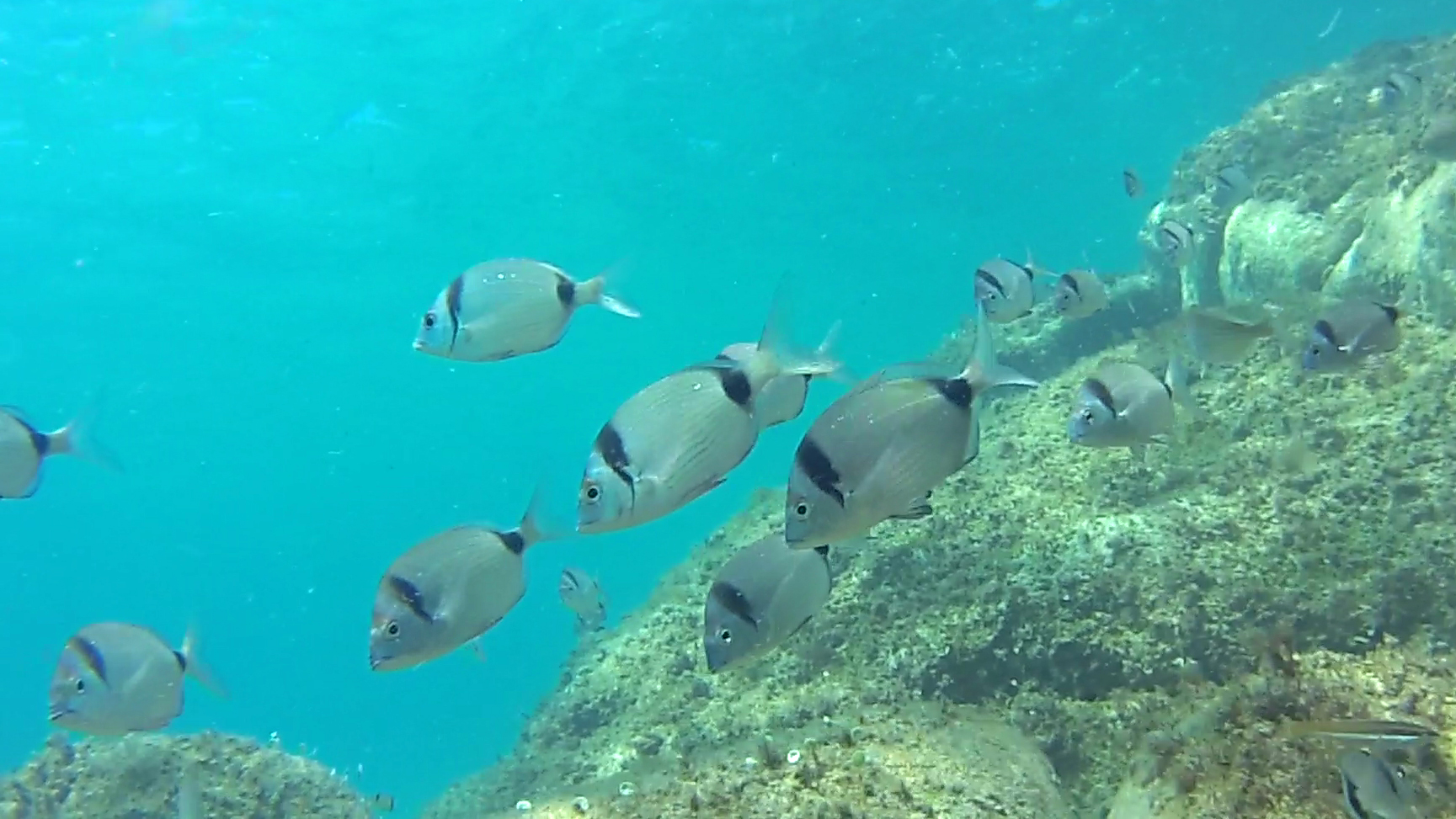
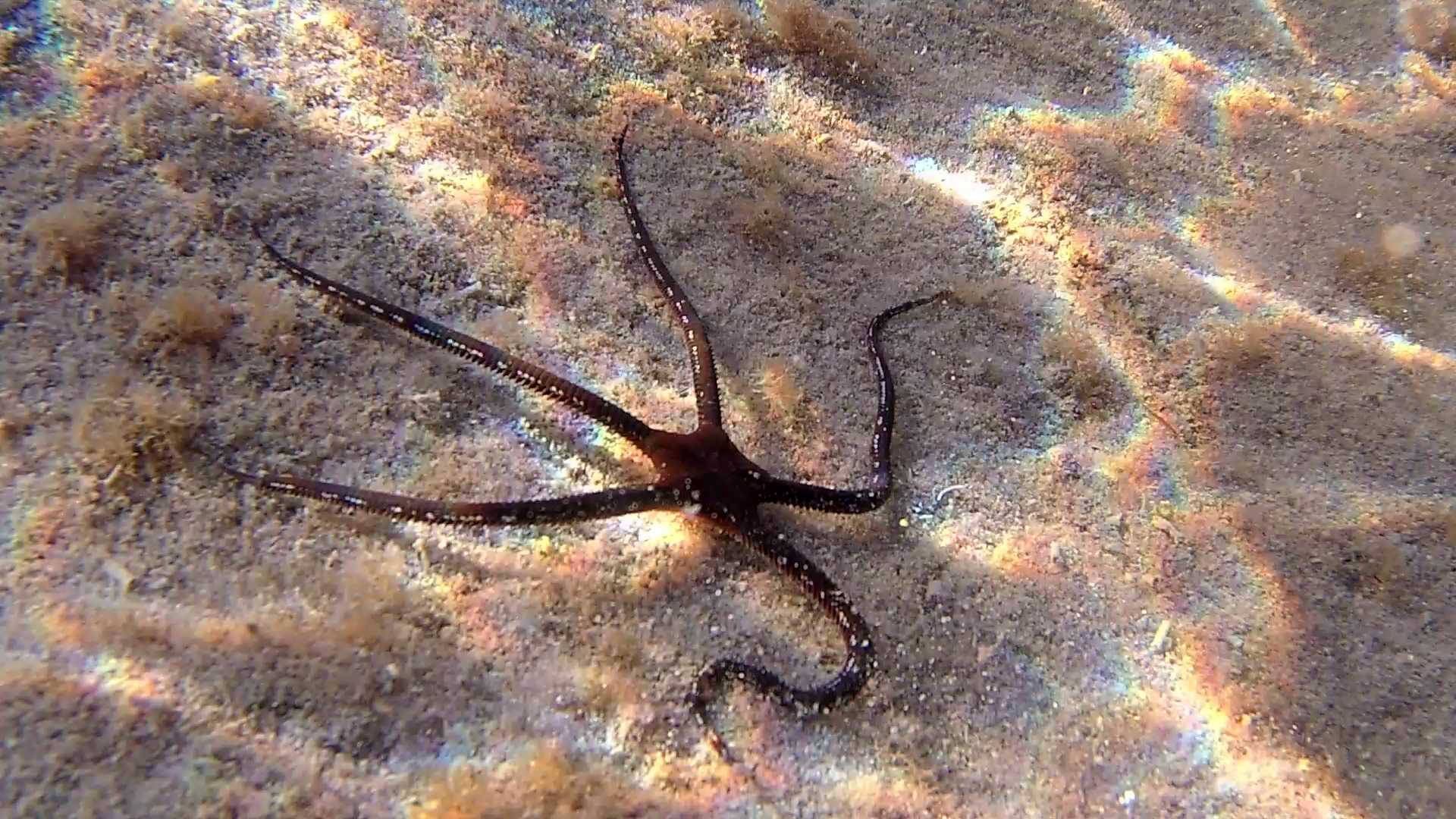
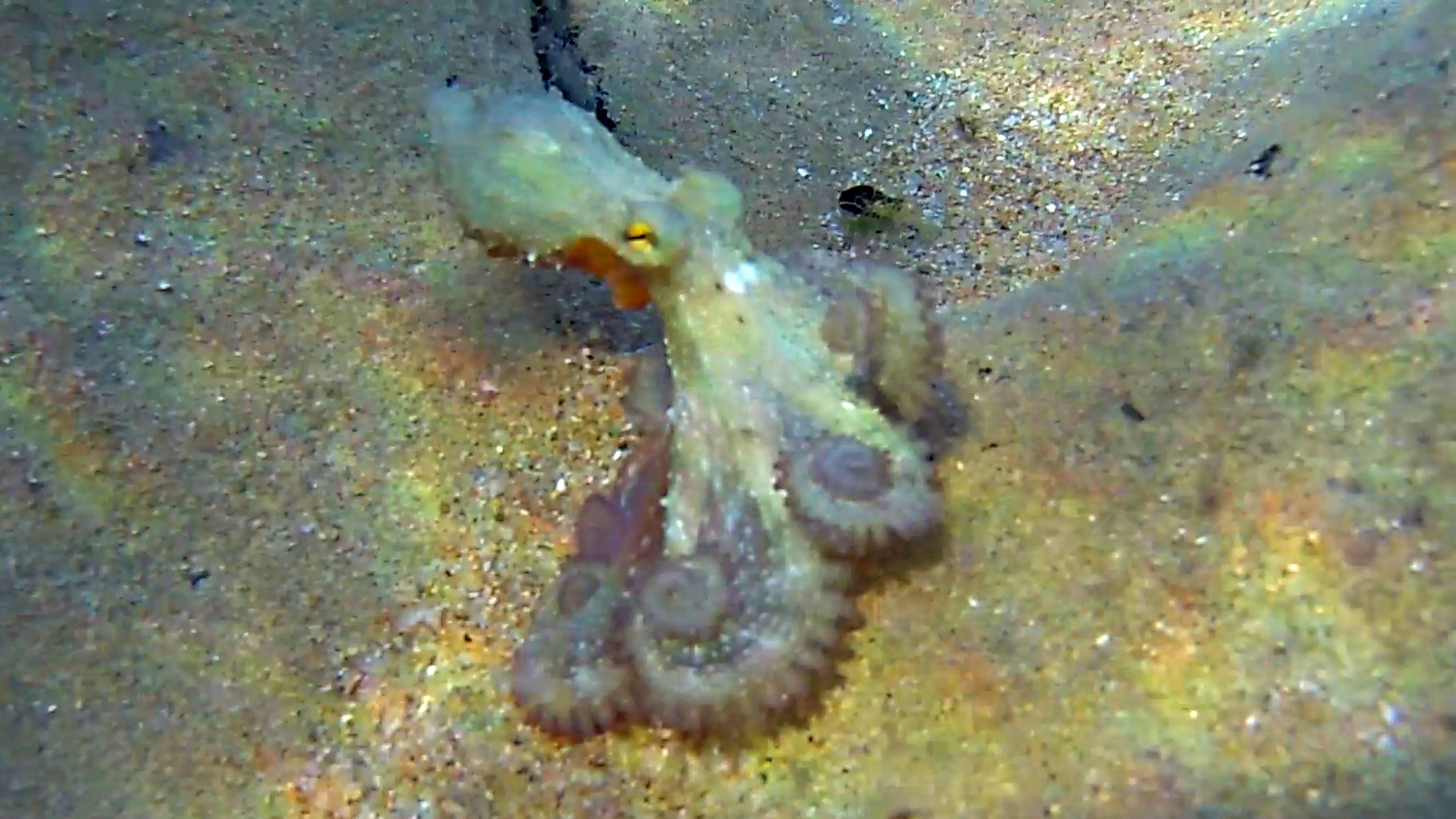
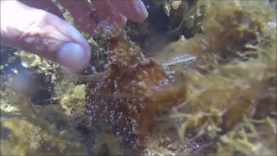

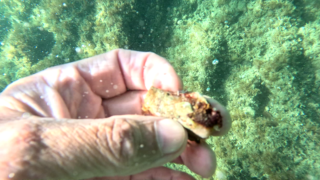
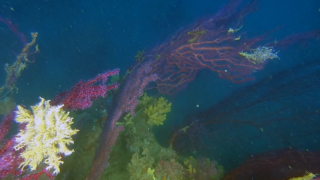
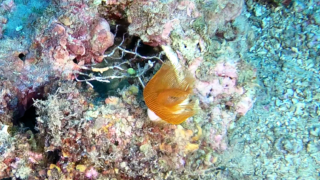

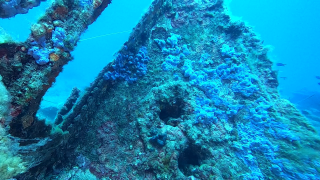
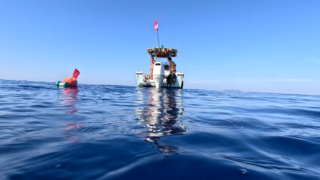
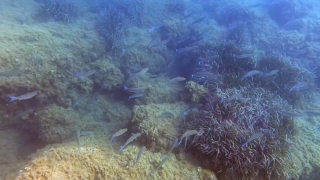
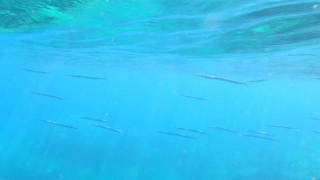
You must be logged in to post a comment.